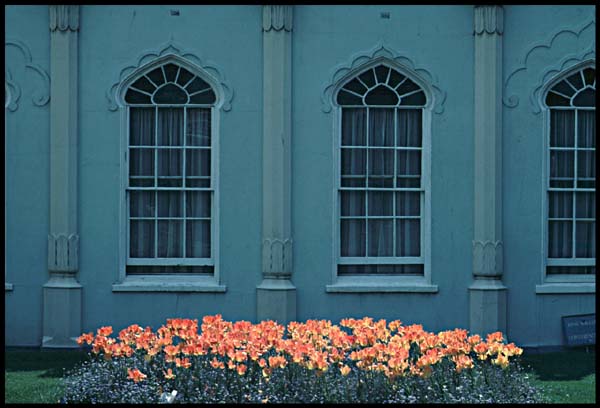

|
|||
 Learn
To Draw Learn
To Draw |
 Learn
To Paint Learn
To Paint |
 Photoshop
Elements Photoshop
Elements |
 Animation
Menu Animation
Menu |
 Art
Principles Art
Principles |
 Art
Appreciation Art
Appreciation |


Image sensors in digital cameras are designed to produce colors that match those in the original scene. However, there is a lot of variation among sensors and among the circuits and software that process raw images into final photographs. The results you get depend, in part, on the accuracy with which you expose the image and the match between the color balance of the sensor and the color balance of the light illuminating your subject.
With film cameras, photographers usually explore a wide variety of films before settling on the one or two they like best. This is because each film type has itís own unique characteristics. In some the grain is small, in others itís larger. A film may have colors that are warmer than other films, or slightly colder. These subtle variations among films are slight but noticeable and photographers gravitate to one or the other. With digital cameras, you donít have the same choice offered by film cameras. The "film" in the form of an image sensor is built into your camera. Whatever its characteristics are, they are the characteristics you have to live with until you buy another camera.
In this chapter, we explore the world of color and how you manage it in your photos.
6.1 WHERE DOES COLOR COME FROM?